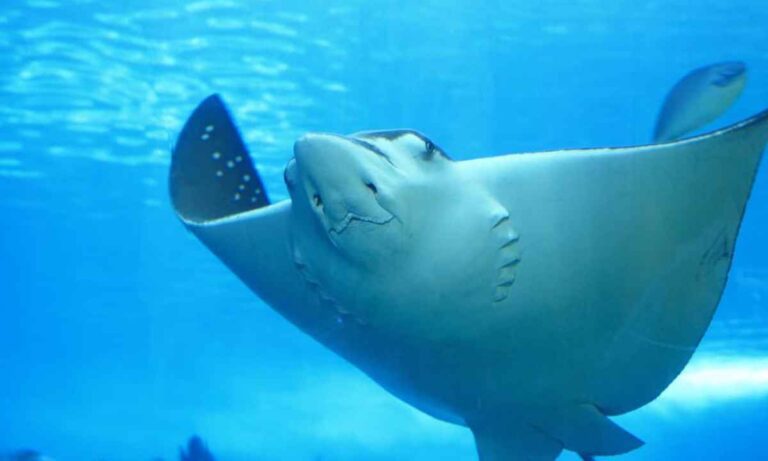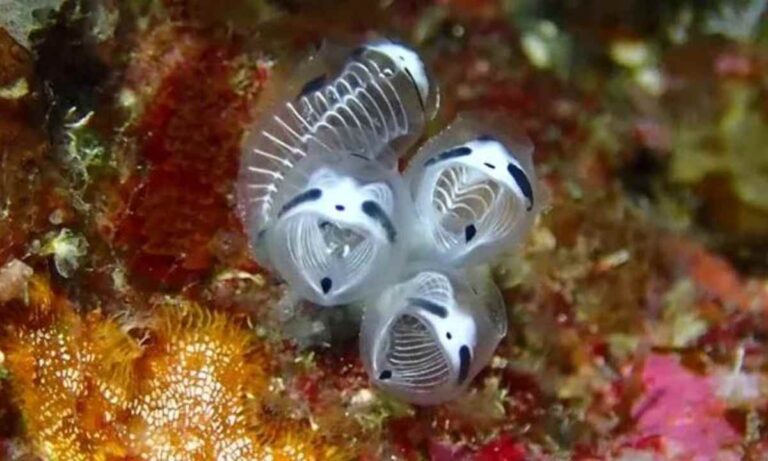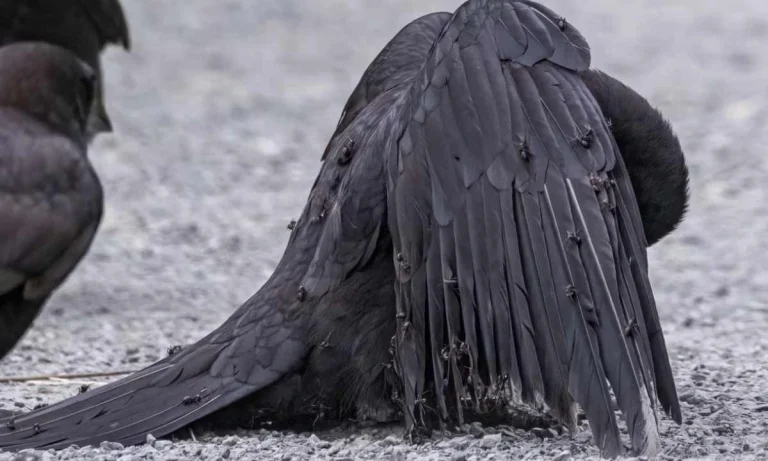The World’s Largest Sea Hole, the Great Blue Hole in Belize – Big Enough to Fit the Statue of Liberty
Did you know the world’s largest sea hole, the Great Blue Hole in Belize, is big enough to fit the Statue of Liberty?
The Great Blue Hole is located in the Lighthouse Reef, Belize. It holds the title of the largest sea hole by volume, measuring an impressive 318 meters (1,043 feet) across and 125 meters (410 feet) deep.
To help you visualize, the Statue of Liberty, including its base, is about 93 meters (305 feet) tall. This means you could place the entire statue inside the Great Blue Hole with room to spare!
Also even it is surrounded by the sea Surprisingly, the top layer of water is almost fresh.
Keep reading to learn more about this fascinating place and why it’s considered one of the most amazing spots on Earth.
Science Behind the Water
One of the most interesting aspects of the Great Blue Hole is its layered water composition. The top layer is nearly fresh water. When rainwater comes into contact with seawater, they do not mix immediately due to the slow mixing process between the fresh and salty water.
This creates a unique environment where the top layer is much less salty than the deeper layers.
This layering is called stratification, and it happens because the freshwater is less dense than salt water, so it floats on top.
Another crucial factor contributing to the water layering is the presence of a toxic hydrogen sulfide layer found at approximately 91 meters (300 feet) deep.
This layer marks a boundary below which the water becomes dark, anoxic (lacking oxygen), and devoid of life.
The hydrogen sulfide layer creates a distinct separation, contributing to the overall stratification of the water in the Great Blue Hole.
Together, these factors create a unique and complex underwater environment that fascinates scientists and divers alike.
It was Dry long ago.
The Great Blue Hole was formed during the Quaternary glaciation periods, which were times when the sea levels were much lower.
This massive sinkhole was once a dry cave system. As the sea levels rose, the caves flooded, creating the sinkhole we see today.

Inside, you can find stalactites and stalagmites, which are formations that only develop in dry conditions. These formations tell scientists a lot about the Earth’s history.
In 1971, famous ocean explorer Jacques Cousteau brought his ship, the Calypso, to the Great Blue Hole. His team mapped its depths and confirmed that these ancient geological processes formed it.

Later expeditions continued to explore and study this remarkable site. An expedition funded by billionaire Richard Branson in 2018 further mapped the interior using 3D sonar technology, discovering that rising sea levels formed the sinkhole during the last Ice Age.
Ecological Importance and Marine Life
The Great Blue Hole is not just a geological marvel. It’s also a hotspot for marine life. The clear waters are home to various species of sharks, including Caribbean reef sharks, nurse sharks, and even hammerheads. This diversity makes it a popular spot for divers.

Additionally, the Great Blue Hole is part of the Belize Barrier Reef Reserve System, which is a UNESCO World Heritage Site. This designation helps protect the area and its unique ecosystem.
Most Amazing Place on Earth by Discovery
The Great Blue Hole gained international fame thanks to Jacques Cousteau. His exploration and the subsequent media attention helped put this natural wonder on the map.
In 2012, the Discovery Channel ranked it as the number one “Most Amazing Place on Earth.” This recognition has helped attract tourists from all over the globe, eager to see this unique underwater marvel.

Conclusion
The Great Blue Hole is a fascinating blend of natural beauty, geological history, and marine biodiversity. Its immense size, comparable to the Statue of Liberty, and its unique formation make it a must-see for anyone interested in the wonders of our planet. Whether you’re a diver looking for your next adventure or simply a lover of natural history, the Great Blue Hole offers something for everyone.
So, why not add the Great Blue Hole to your travel bucket list? Experience the awe of this natural wonder and see for yourself why it’s considered one of the most incredible places on Earth.







